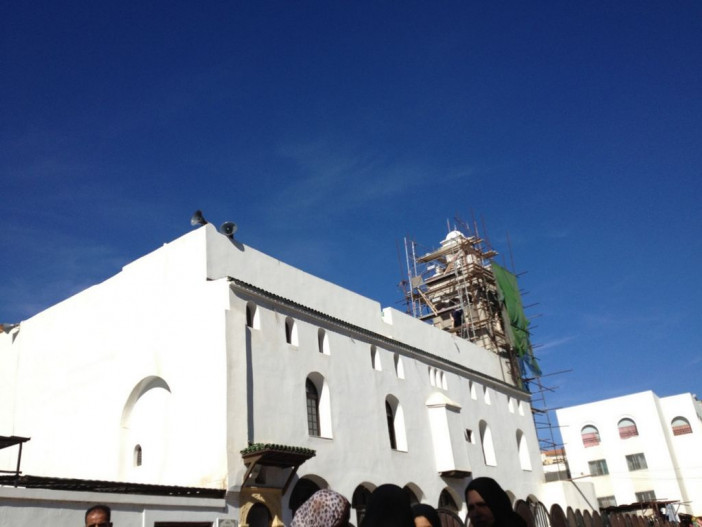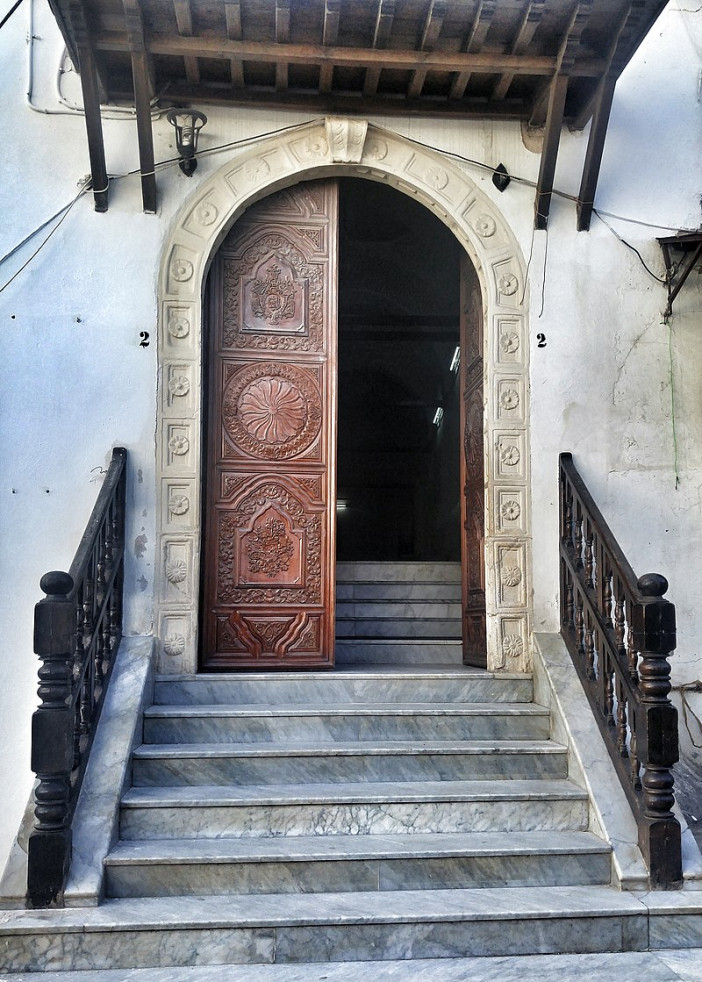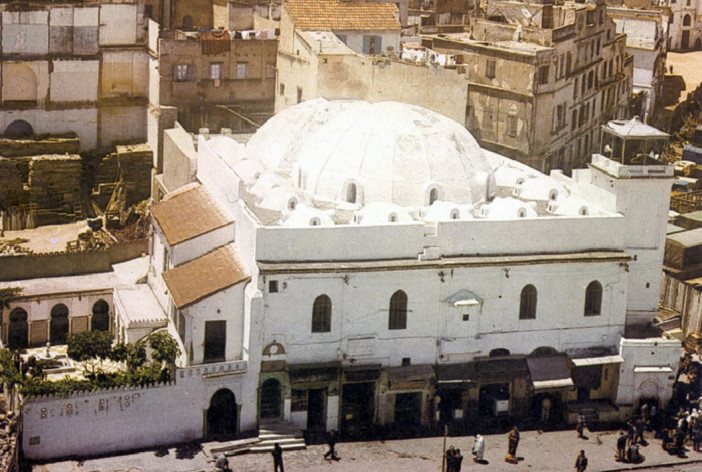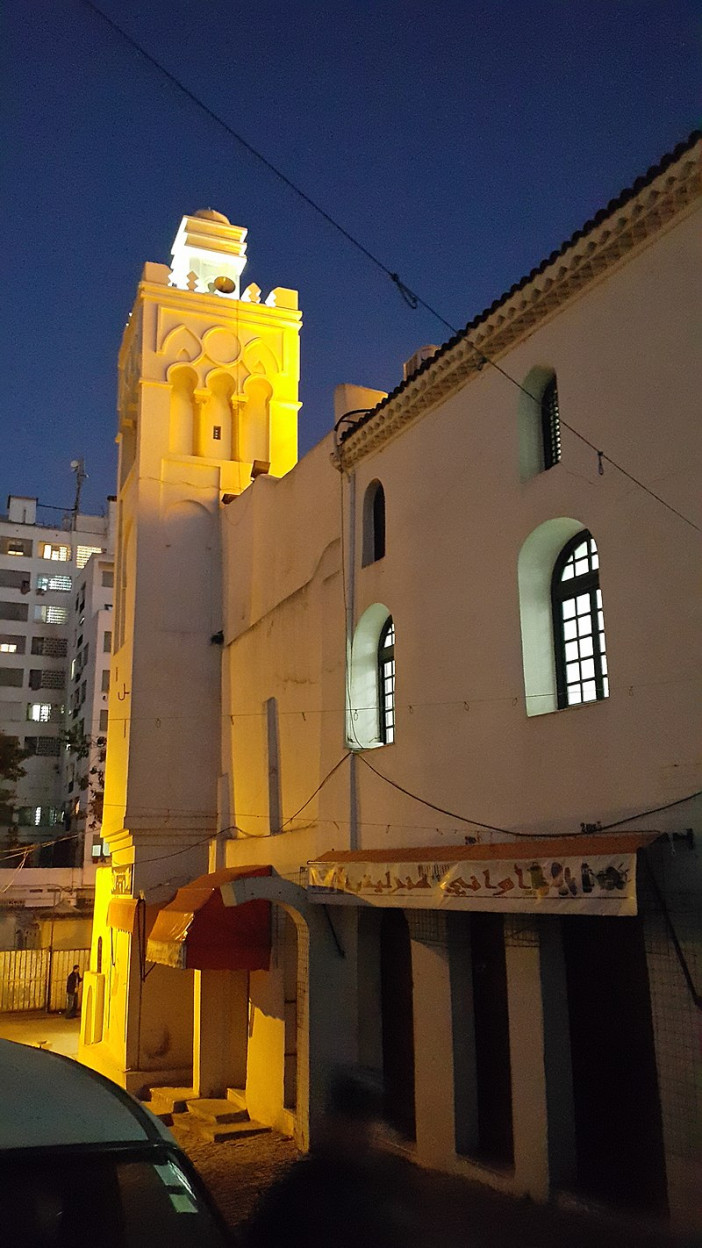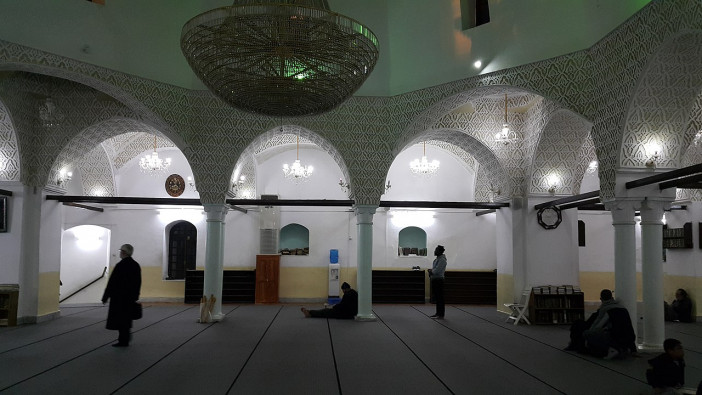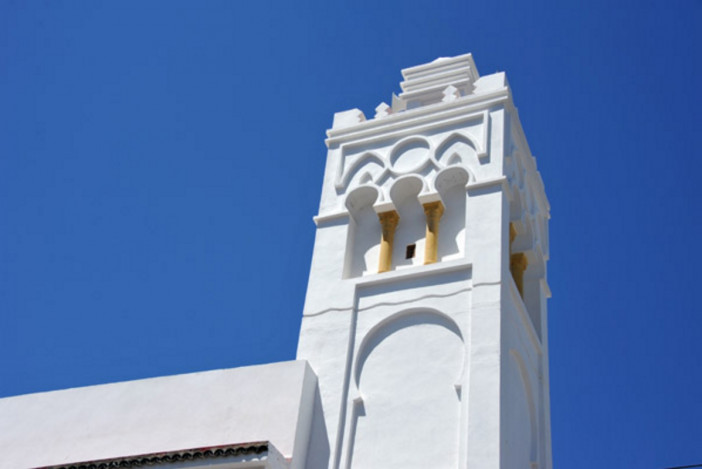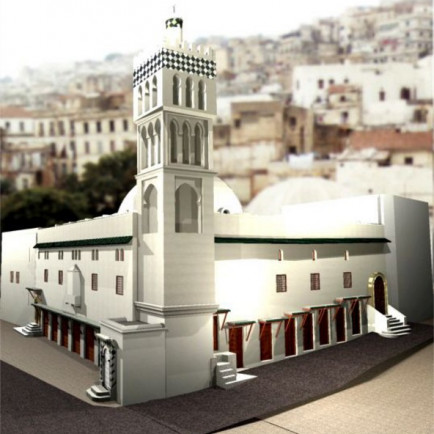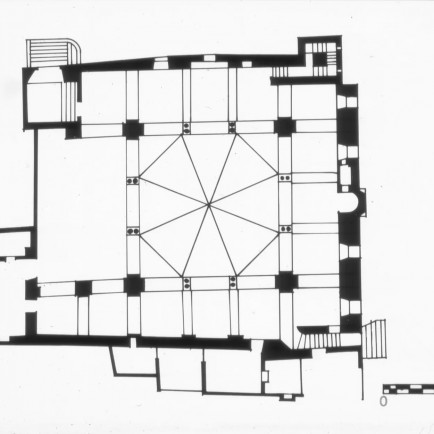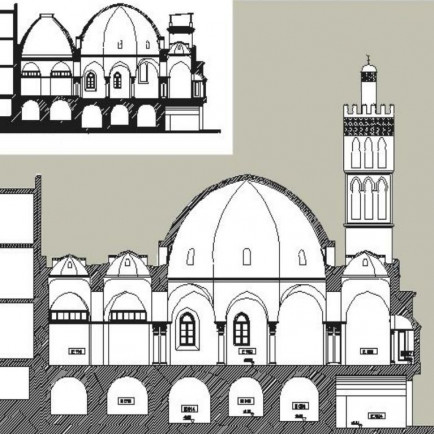Ali Bitshin Mosque
History
The Zawj Euyun Mosque, also known as the Ali Bitchin Mosque, is a revered mosque in Algiers, Algeria. In 1622, Ali Bitchin gave the mosque his order for building. It is located inside the Casbah of Algiers, a UNESCO World Heritage Site. It is situated where Bab al-Wadi Street and the bottom part of the casbah meet.
Urban and Architectural
The facade is surrounded by stores on both sides of the busy junction of Bab el-Oued and de la Casbah (Sidi Driss Hemidouche). The open prayer hall is surrounded by columns and has an octagonal dome on top. The prayer hall has galleries on three sides and two galleries on the side facing the entrance and directly across from the mihrab. The northeast corner's 15 m-tall minaret was reduced to 12 m height during the colonial period. During the French occupation of Algiers, the msoque served as a military pharmacy before being turned into a church. In 1962, after Algeria gained its independence, the building was put back to use as a mosque.
Description
Up to 500 devoted people could initially be accommodated in the mosque. After renovations in 2010, it can now accommodate 800 devoted people.
Details
Location
Q3P6+RQ7 Ali Bichin Mosque, Rue Pr Mohamed SOUALAH, Casbah 16000, Algeria
Worshippers
800
Owners
Ali Bitchin
Architect Name
Year of Build
1622
Area
1500 (500 with 3 floors)
Drawings
Map
History
The Zawj Euyun Mosque, also known as the Ali Bitchin Mosque, is a revered mosque in Algiers, Algeria. In 1622, Ali Bitchin gave the mosque his order for building. It is located inside the Casbah of Algiers, a UNESCO World Heritage Site. It is situated where Bab al-Wadi Street and the bottom part of the casbah meet.
Urban and Architectural
The facade is surrounded by stores on both sides of the busy junction of Bab el-Oued and de la Casbah (Sidi Driss Hemidouche). The open prayer hall is surrounded by columns and has an octagonal dome on top. The prayer hall has galleries on three sides and two galleries on the side facing the entrance and directly across from the mihrab. The northeast corner's 15 m-tall minaret was reduced to 12 m height during the colonial period. During the French occupation of Algiers, the msoque served as a military pharmacy before being turned into a church. In 1962, after Algeria gained its independence, the building was put back to use as a mosque.
Description
Up to 500 devoted people could initially be accommodated in the mosque. After renovations in 2010, it can now accommodate 800 devoted people.


